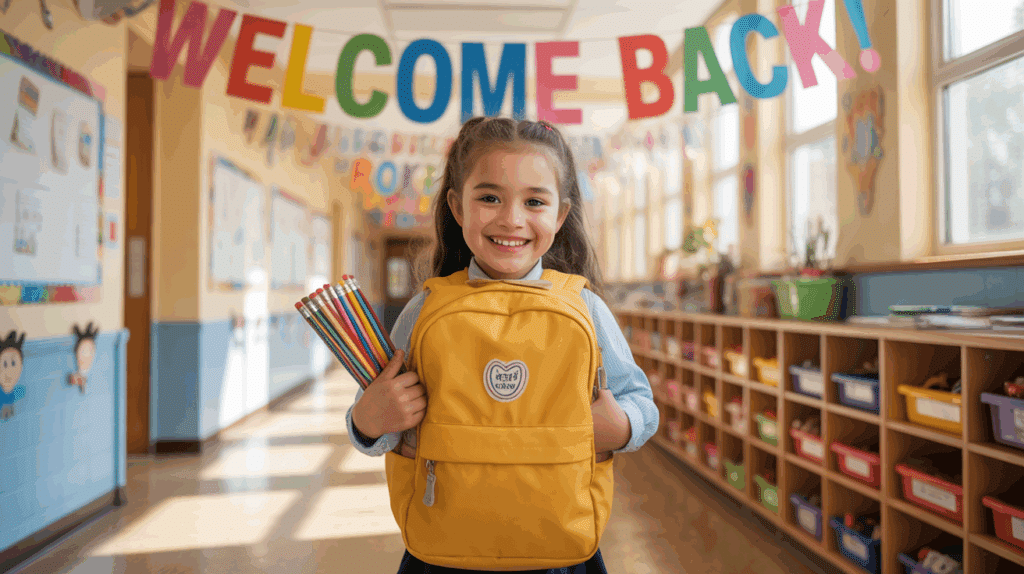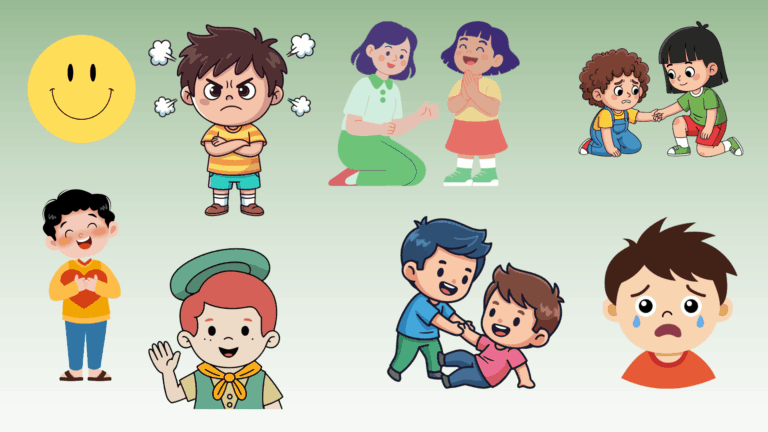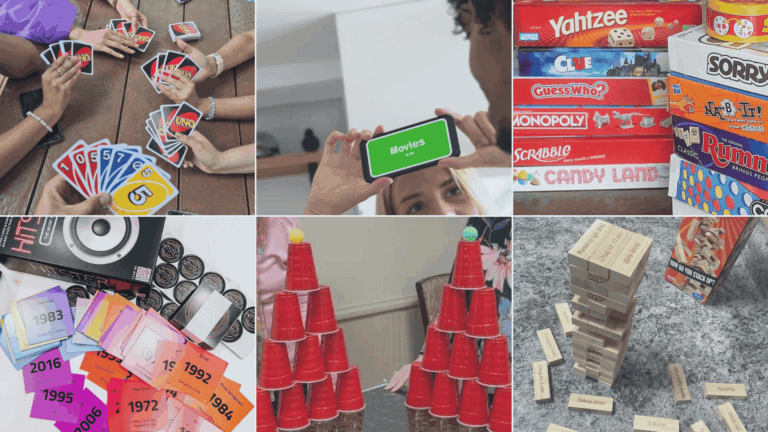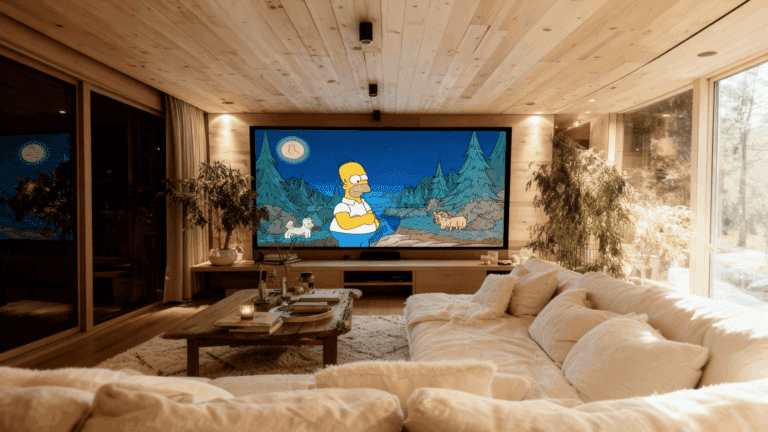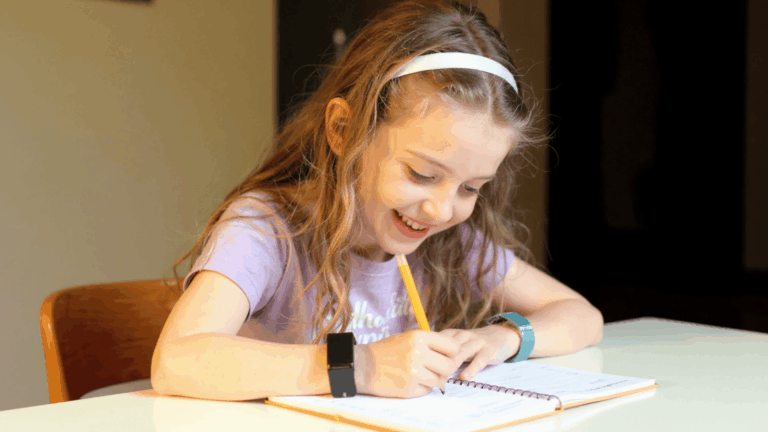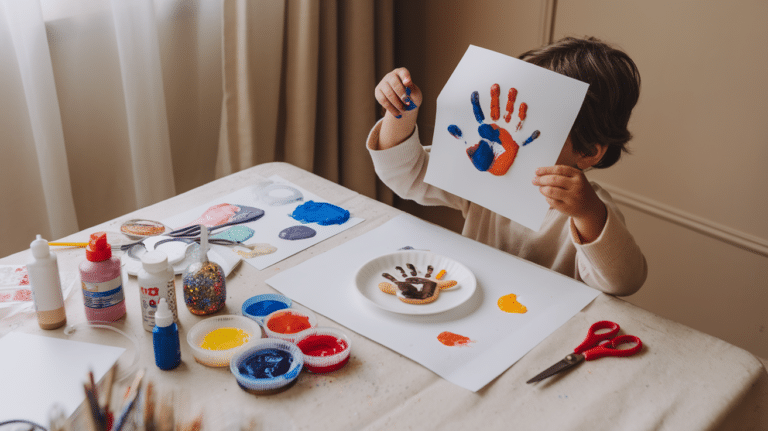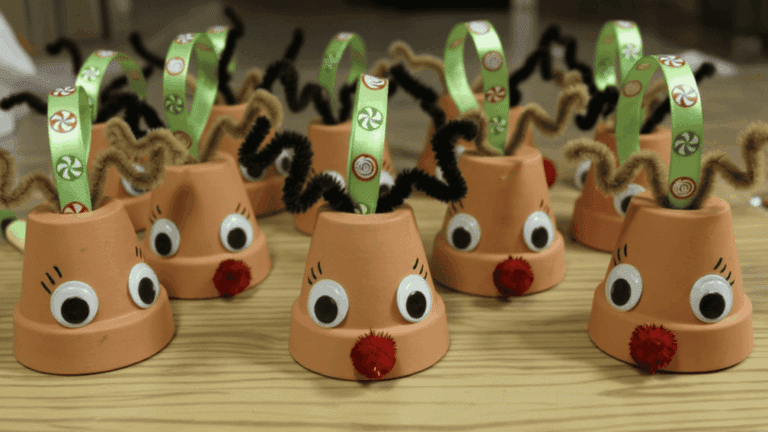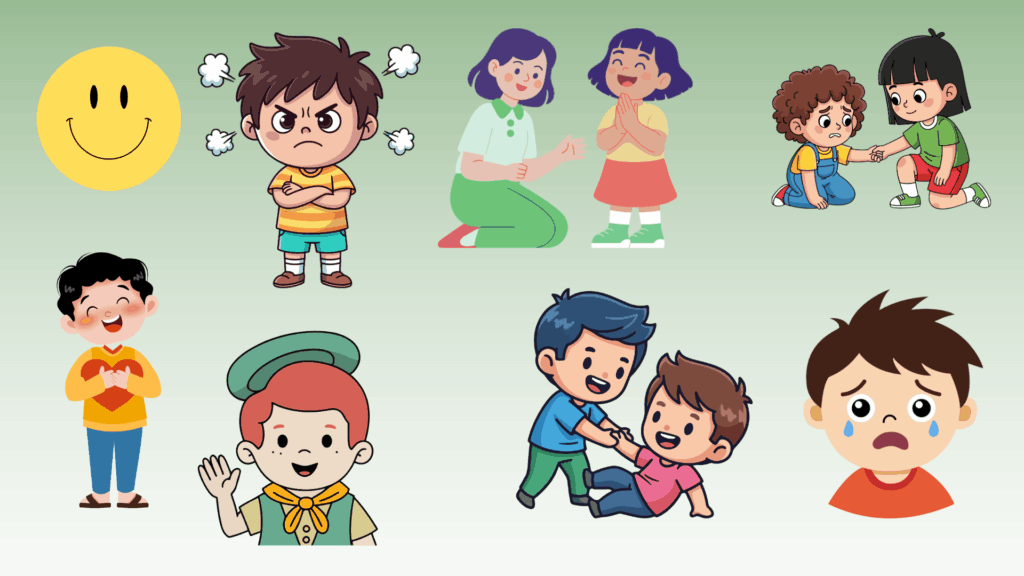The first week back at school can feel overwhelming for both teachers and students. Everyone’s adjusting to new routines, and the classroom energy feels scattered.
But what if there was a way to turn this challenge into the biggest opportunity of the year? The right activities can transform those first few days from chaos into connection.
When teachers plan engaging first week of school activities, something magical happens. Students start bonding with each other. They feel excited about learning again.
This guide shares simple yet effective back to school activities that require minimal prep but deliver maximum impact.
These aren’t complicated projects that’ll create stress. They’re practical ideas that actually work in real classrooms with real kids.
Ready to make this school year start differently?
How the First Day of School Activities Help Students Connect
The first week of any new experience-whether it’s starting college, a new job, or a personal project-is like the opening scene of an epic movie.
It’s packed with potential, excitement, and creative moments that can set the tone for everything that follows. These initial days are more than just a simple introduction; they’re a critical period of orientation, connection, and foundation-building.
During this time, you’ll forge crucial first impressions, establish meaningful relationships, and create a mental roadmap that will guide your entire travel.
Think of the first week as your personal launch pad-where curiosity meets opportunity, where nervousness changes into confidence, and where the seeds of future success are carefully planted and nurtured.
Icebreakers & Community Building
Start your school year by helping students connect, laugh, and feel comfortable. These first week of school activities allow everyone to share a bit about themselves while getting to know their classmates.
They are perfect for easing first-day nerves and creating a welcoming class environment.
1. All About Me Posters
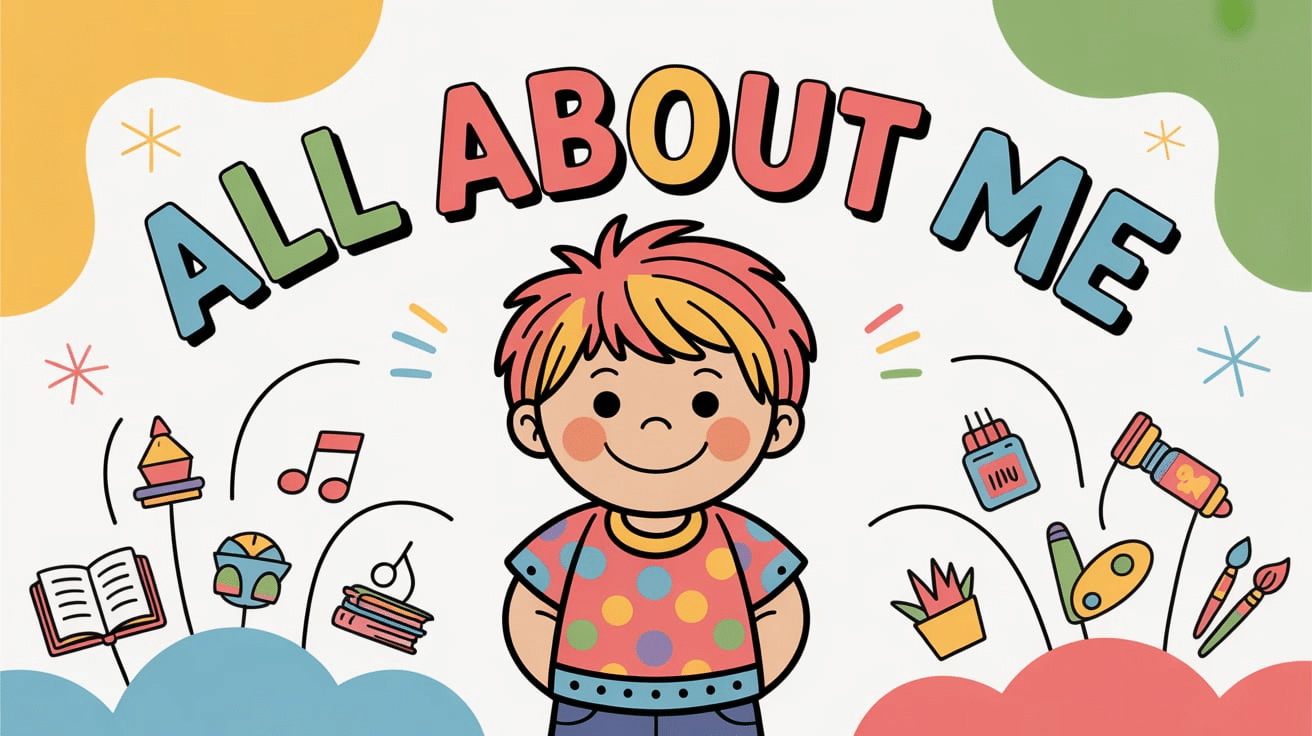
Students create visual collages that showcase their personalities, interests, families, and hobbies.
These back to school posters serve as a creative and artistic introduction tool and can be displayed on classroom walls. It’s an opportunity for students to reflect on who they are and for teachers and peers to get to know them on a deeper level.
2. Find Someone Who… Bingo
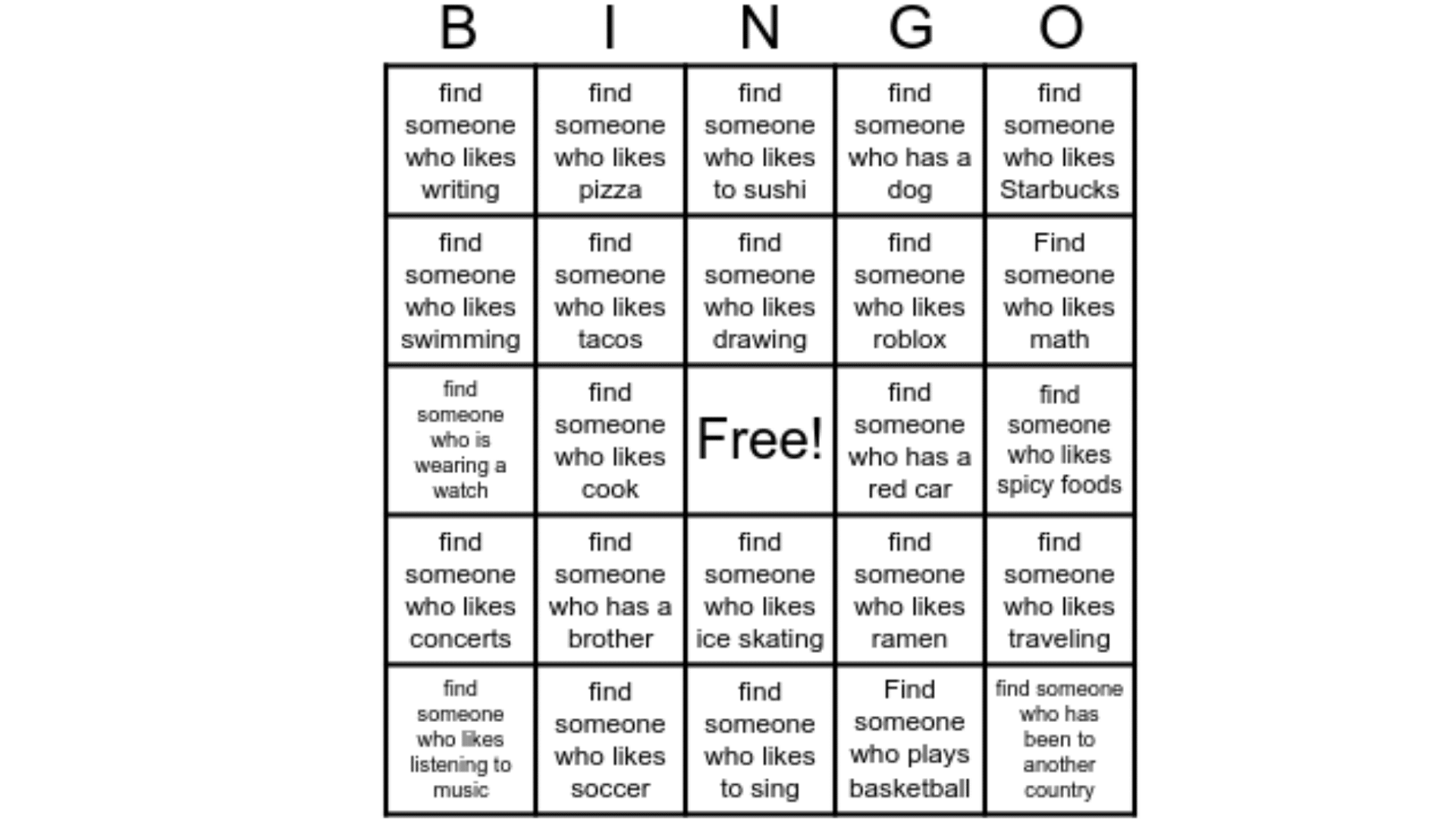
A fun and interactive social game where students circulate the room, trying to find classmates who match specific prompts on a Bingo sheet (e.g., has a pet, traveled over summer).
It encourages conversation and helps students discover unexpected connections while fostering a sense of community.
3. Name Toss Game
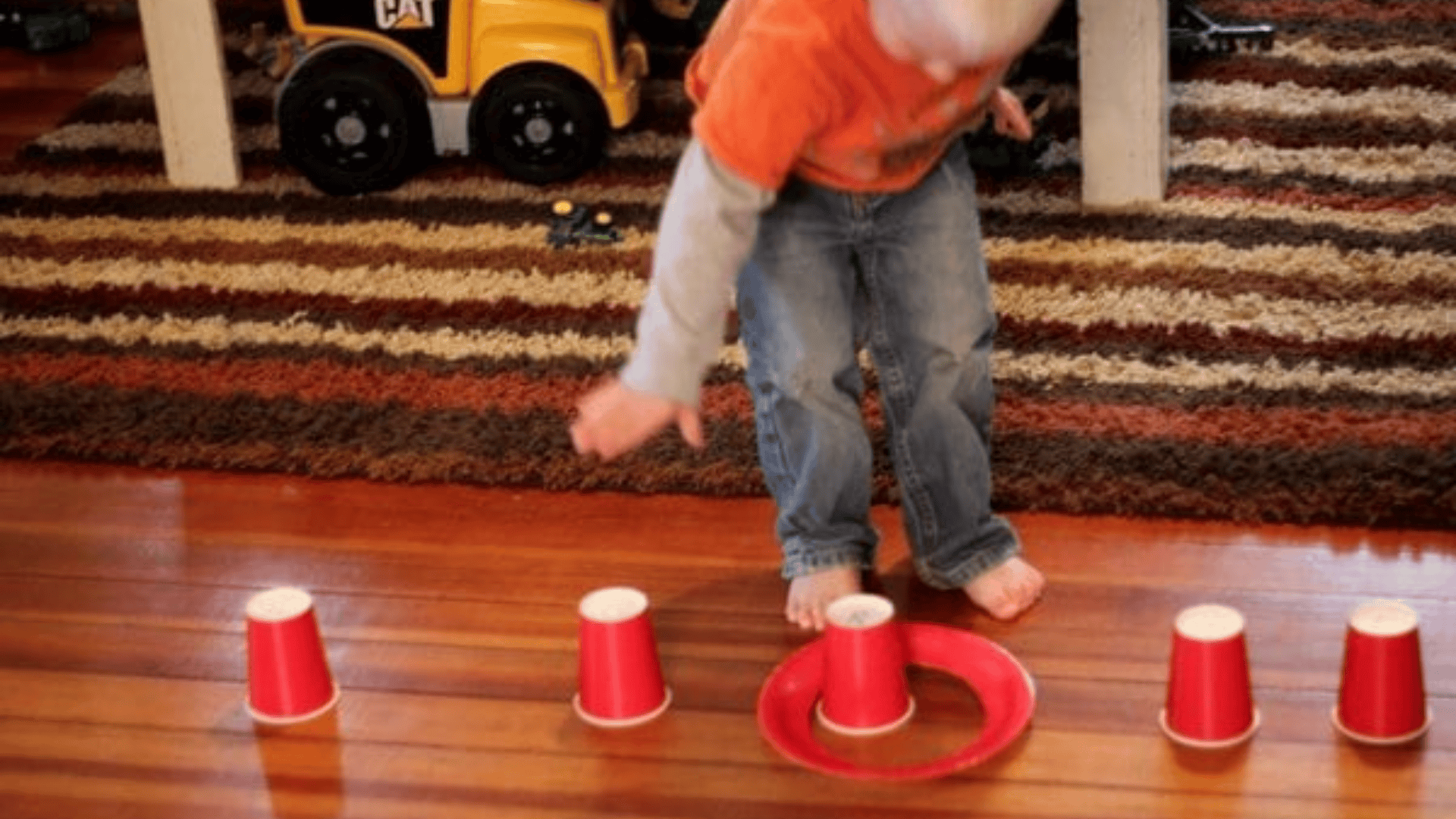
Using a soft ball, students toss it to one another while saying their name and a fun fact. This simple yet engaging game helps with name memorization and encourages listening.
4. Classroom Scavenger Hunt
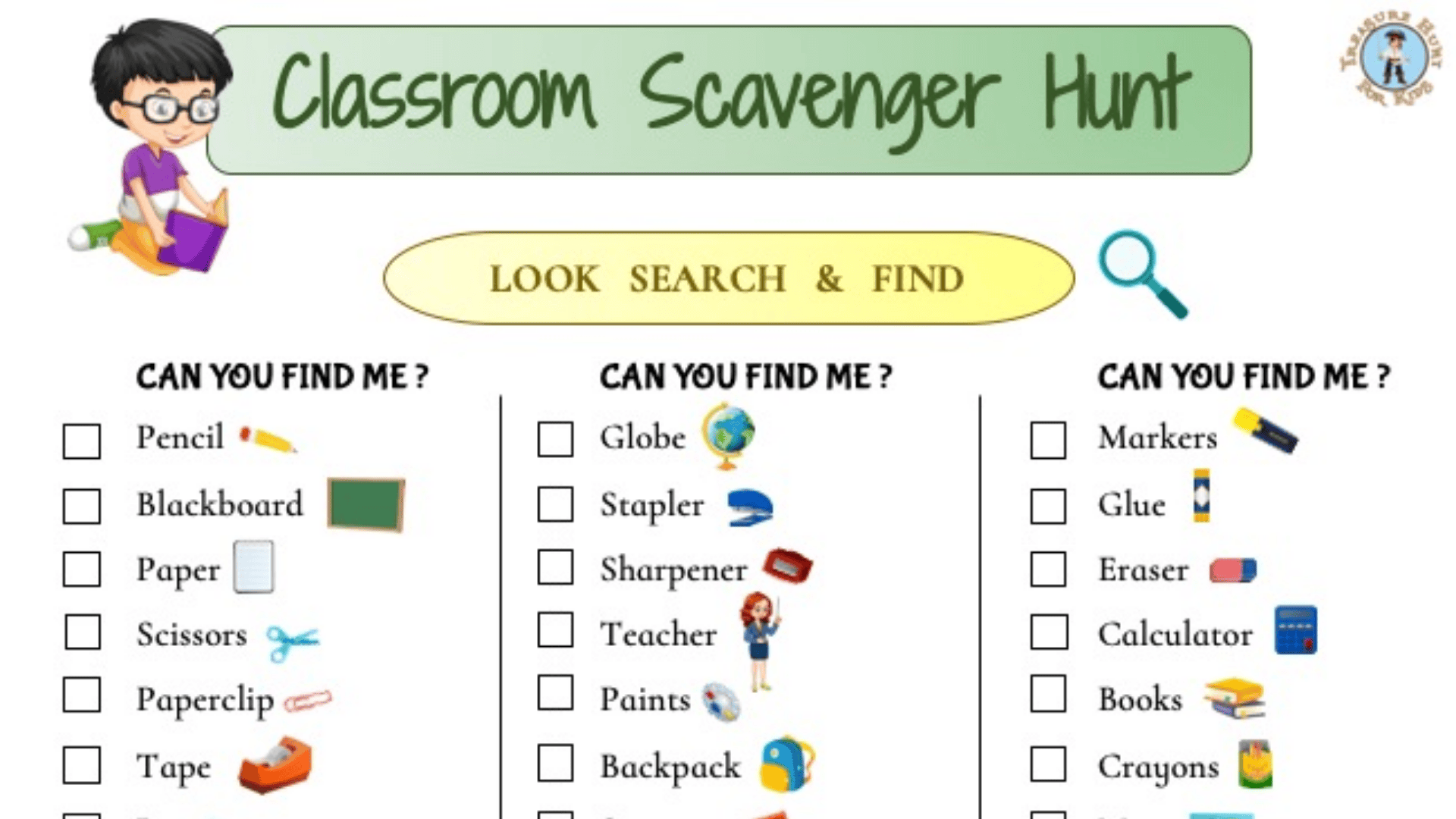
This activity guides students through a tour of the classroom. Clues or checklists lead them to essential locations like the supply corner, cubbies, or class library. It promotes familiarity with the room and daily routines, reducing confusion and helping students feel more at home.
5. Two Truths and a Lie
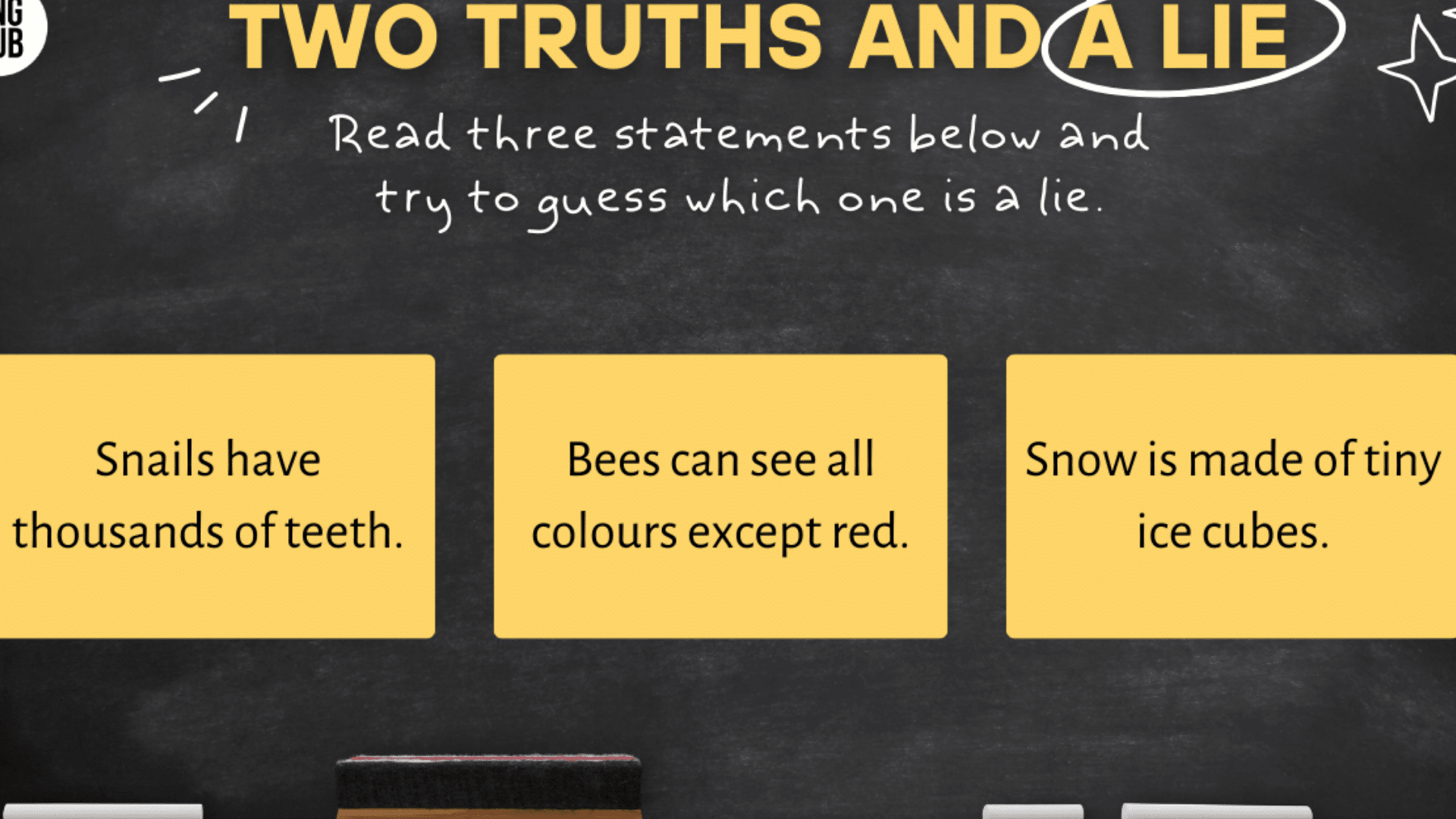
Each student shares three statements about themselves: two true and one false. The class guesses which one is the lie. This game encourages active listening, sparks laughter, and leads to surprising revelations, making it a classic and enjoyable icebreaker.
6. “Me Bag” Show and Tell
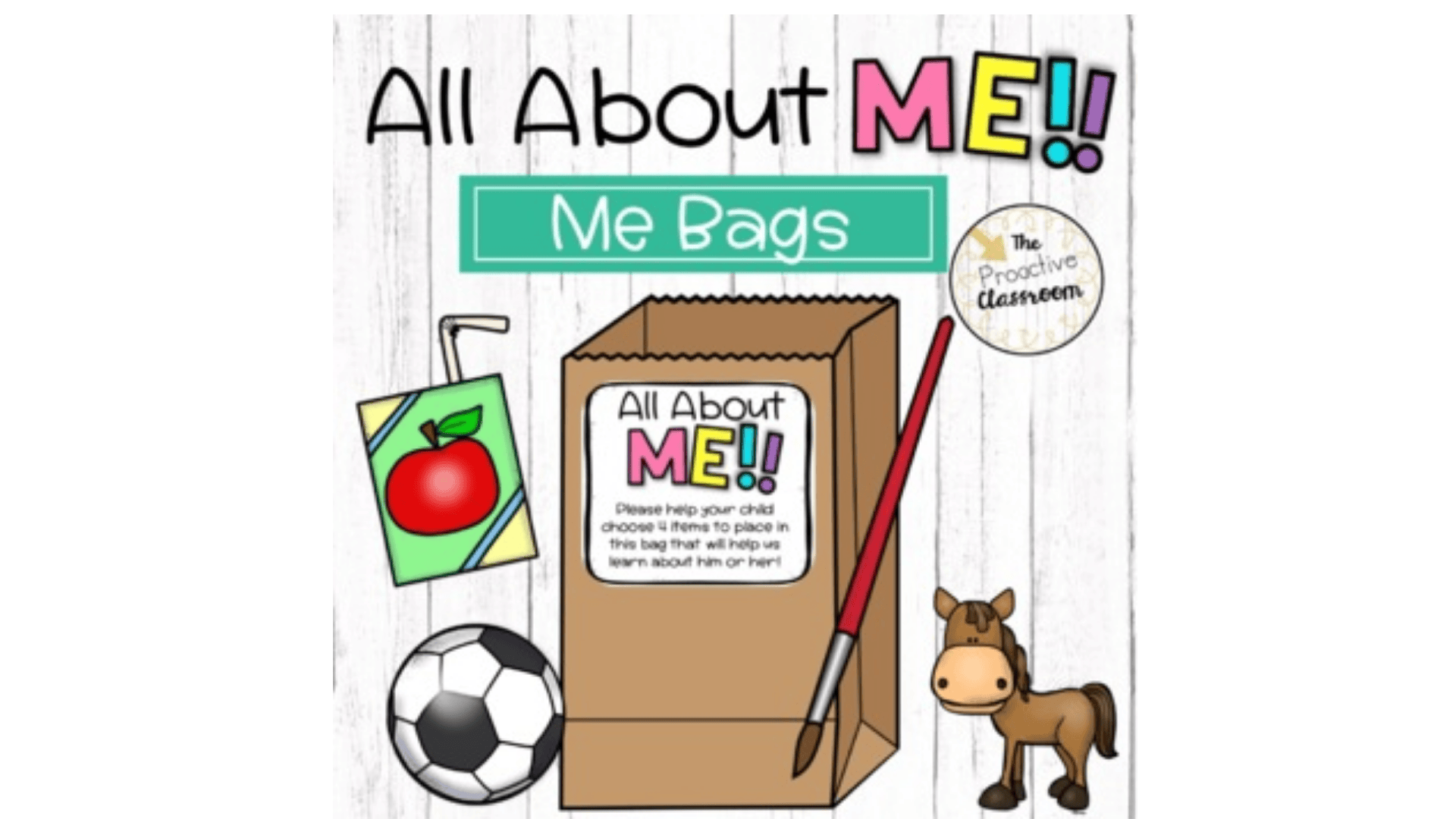
Students bring a small bag filled with 3–5 personal items that represent who they are. During sharing time, each student explains the significance of their items.
Academic Jumpstart Activities Back To School
Kick off academics with energy-filled first week of school activities that blend learning and fun. These tasks offer a gentle introduction to subject areas while reinforcing classroom culture, expectations, and team skills.
7. Classroom Expectations Gallery Walk
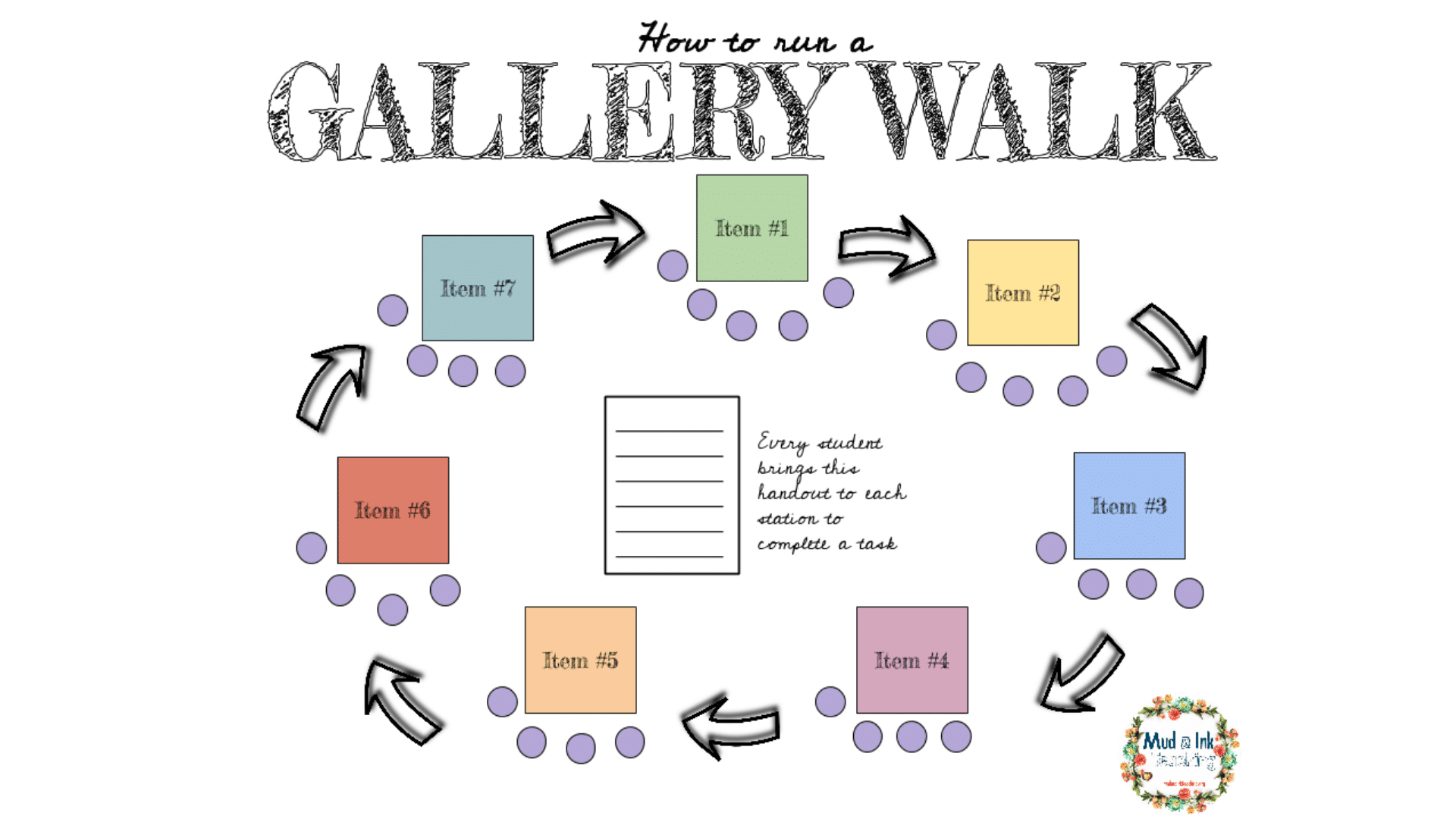
Students rotate around the room to read and respond to posters outlining classroom rules and values. They can leave sticky notes with questions or reflections. It’s a collaborative way to unpack expectations and get buy-in on the classroom culture.
8. Syllabus or Class Overview Game
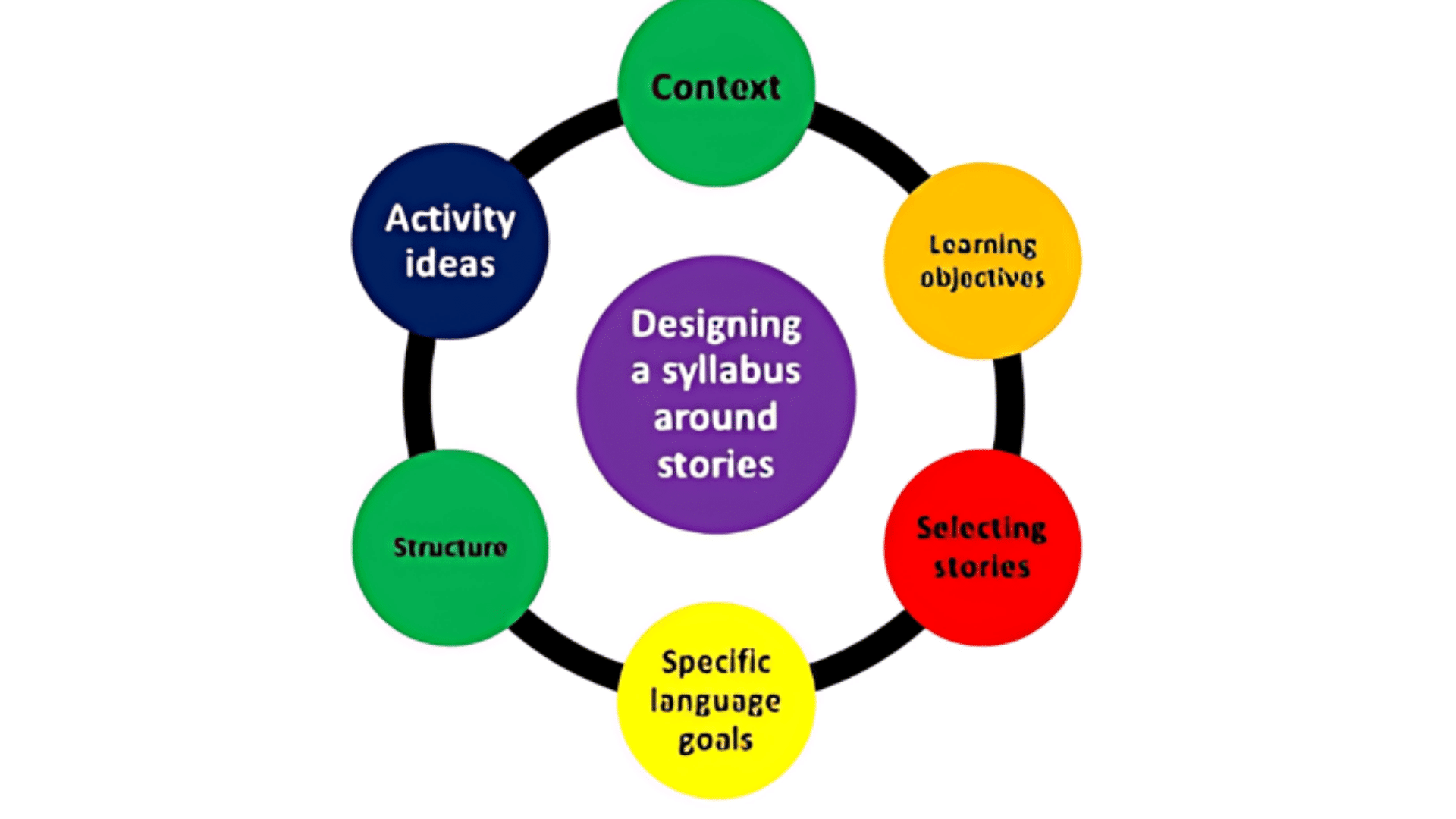
Turn the syllabus into a relay race or trivia quiz to engage students in learning course expectations. It breaks the monotony of traditional syllabus presentations and ensures students pay attention to critical information through competition and teamwork.
9. First Week Writing Prompt
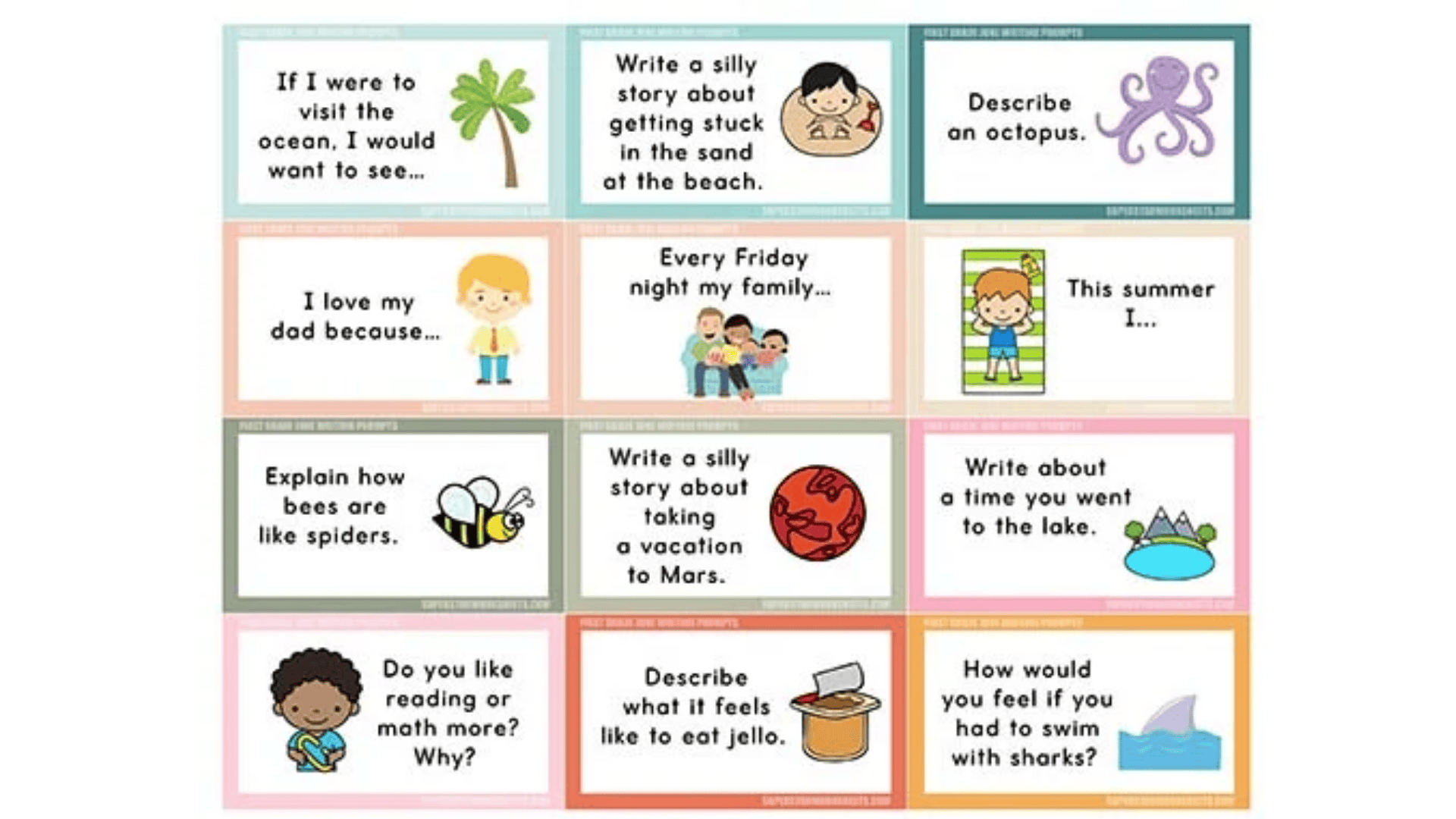
Use reflective prompts like “This summer I…,” or “My goals this year are…” to kick off writing for the first day of school activities.
These prompts reawaken writing muscles and help teachers understand student perspectives and abilities. It also sets the tone for open communication and goal-setting.
10. Math About Me
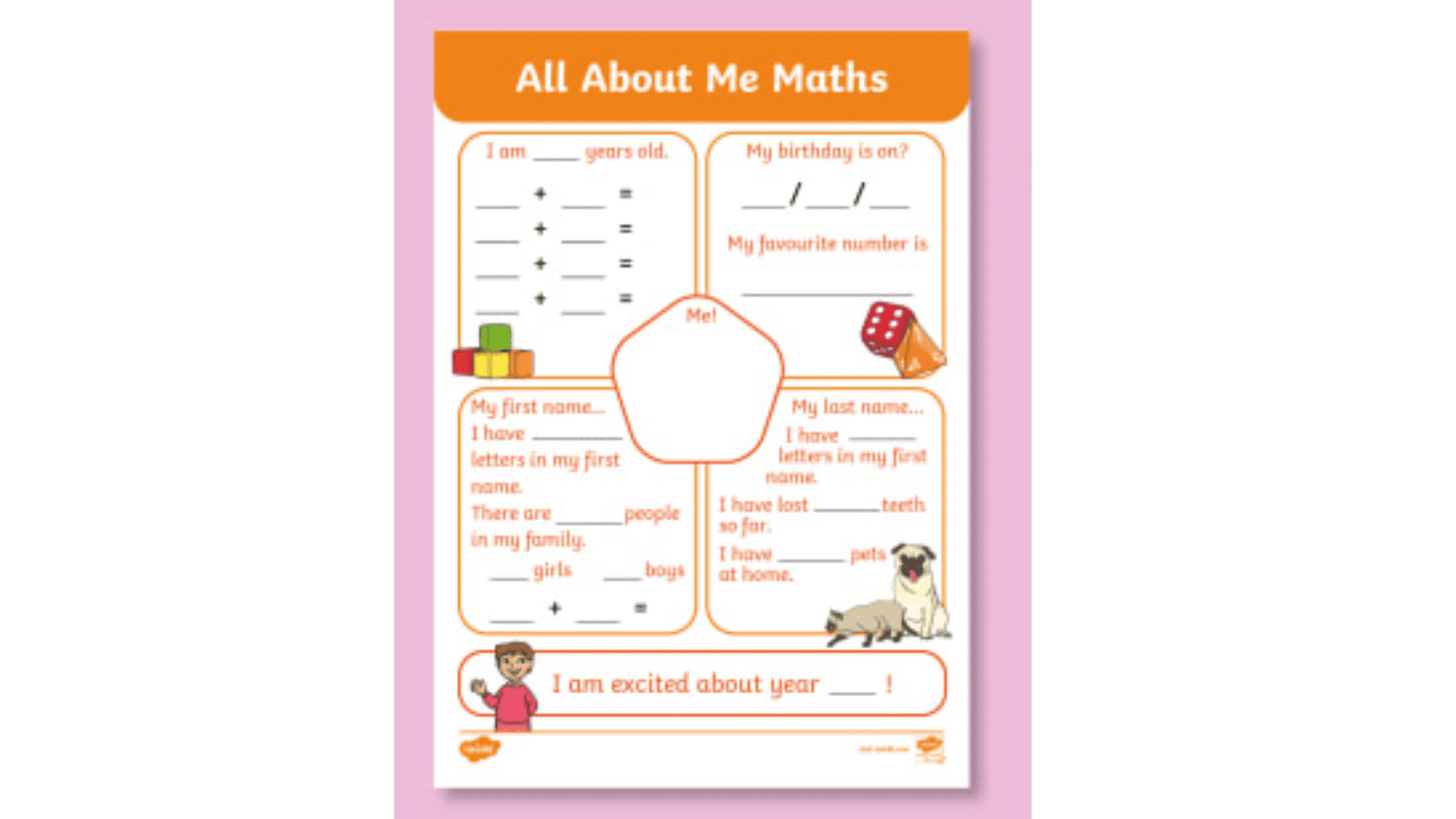
Students create a math-based profile featuring statistics such as age, height, favorite number, or how many siblings they have. They display this information using graphs or charts. This activity combines math skills with personal expression and encourages creativity in numbers.
11. STEM Tower Challenge
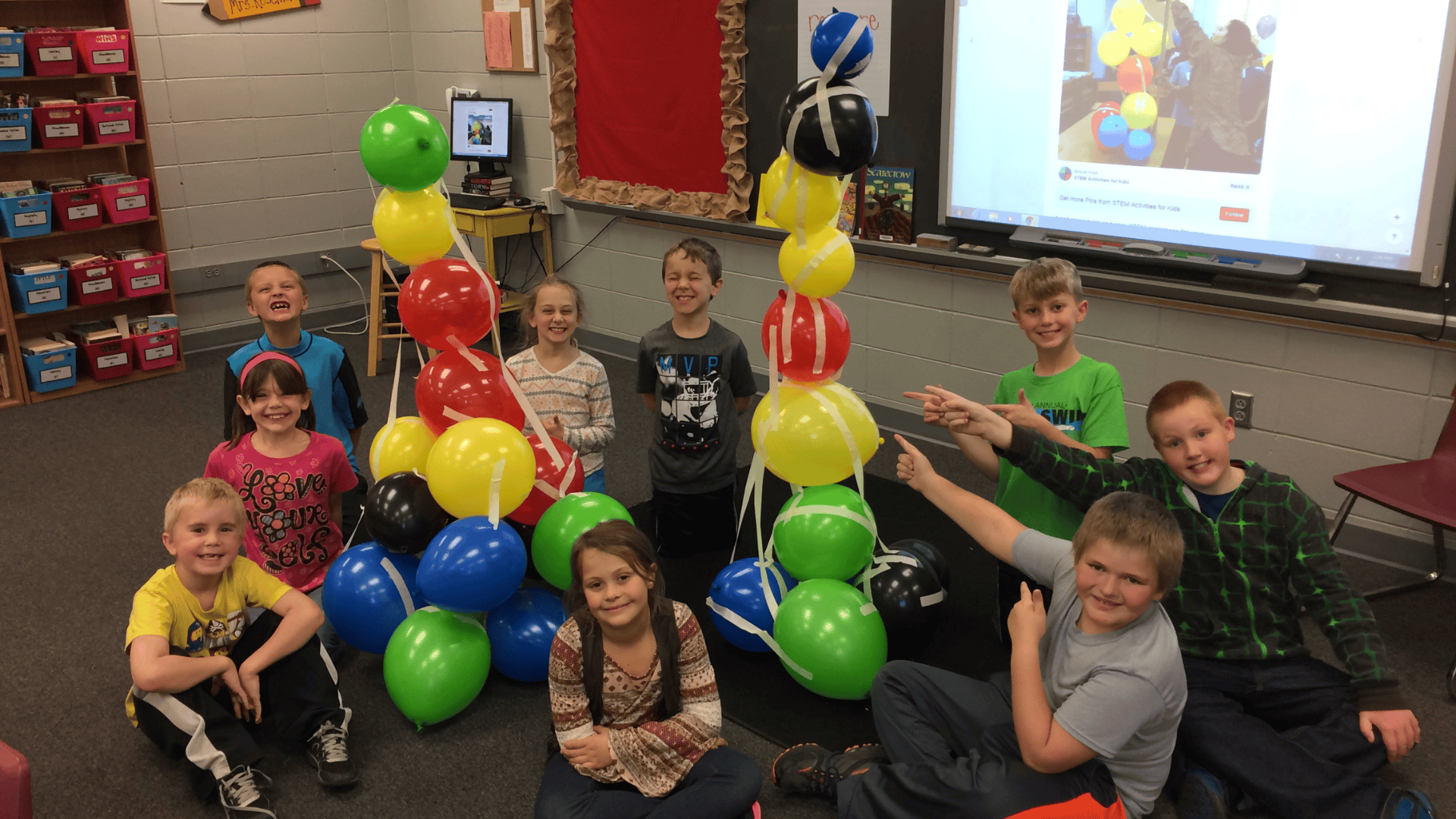
Using basic supplies like tape, spaghetti, and marshmallows, teams compete to build the tallest freestanding tower. This challenge emphasizes collaboration, design thinking, and creative problem-solving. It also gives insight into group dynamics and team strengths early on.
12. Current Events Collage
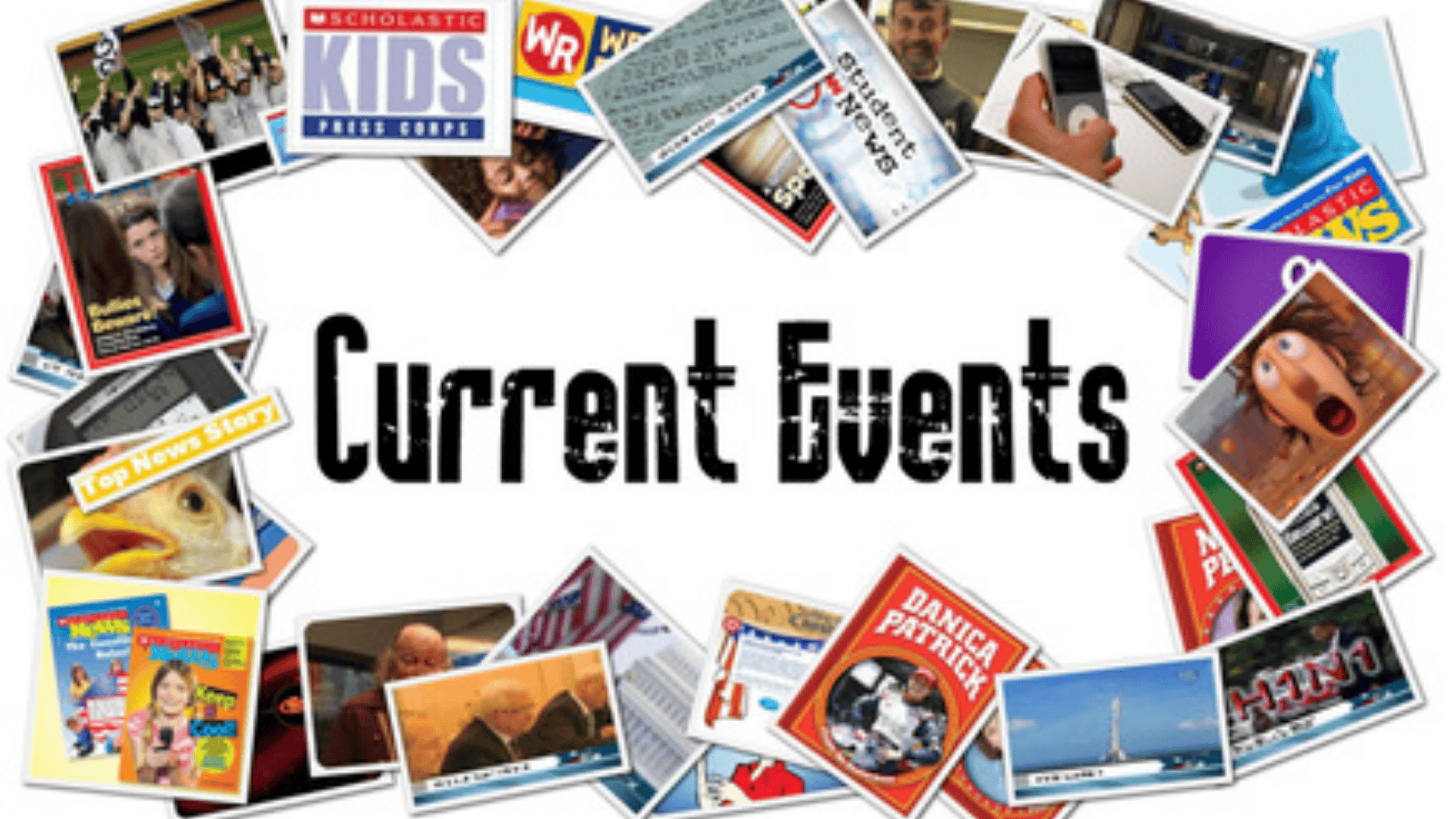
Students gather images and headlines to create a collage about current events. They can work individually or in groups to reflect on what’s happening in the world. It builds awareness, encourages discussion, and promotes media literacy and global thinking.
Activities Featuring Creative Expression
Encourage students to express themselves through art, writing, and imagination. These creative activities foster self-awareness, goal-setting, and a sense of ownership in the classroom.
They also help students ease into the new year with excitement and vision.
13. Goal Setting & Vision Boards
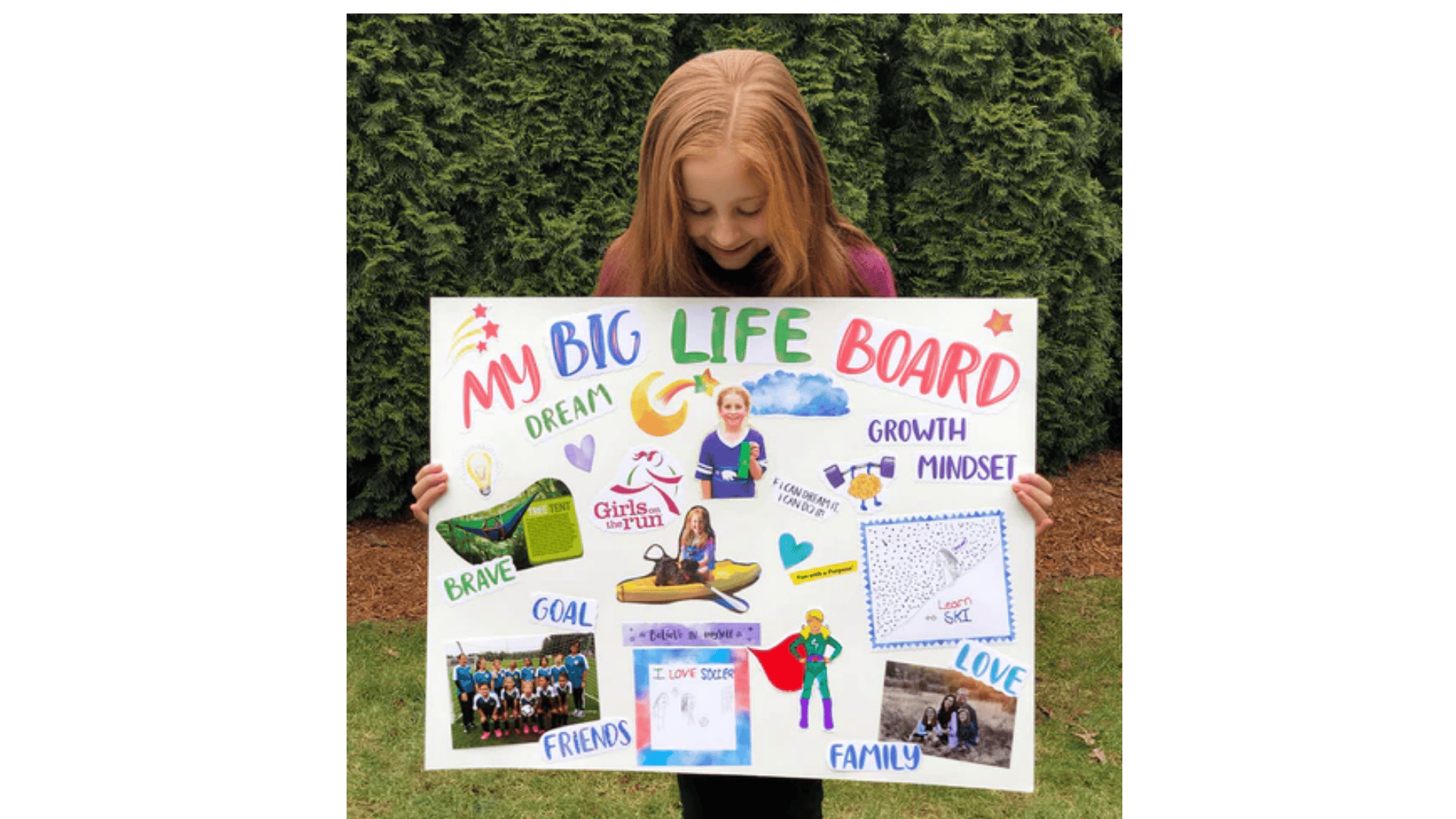
Students use images, words, and drawings to represent their personal and academic goals for the year. This helps them define intentions and visualize success. It’s also a great way for teachers to understand student aspirations and to revisit these boards later for reflection.
14. Draw Your Future Classroom
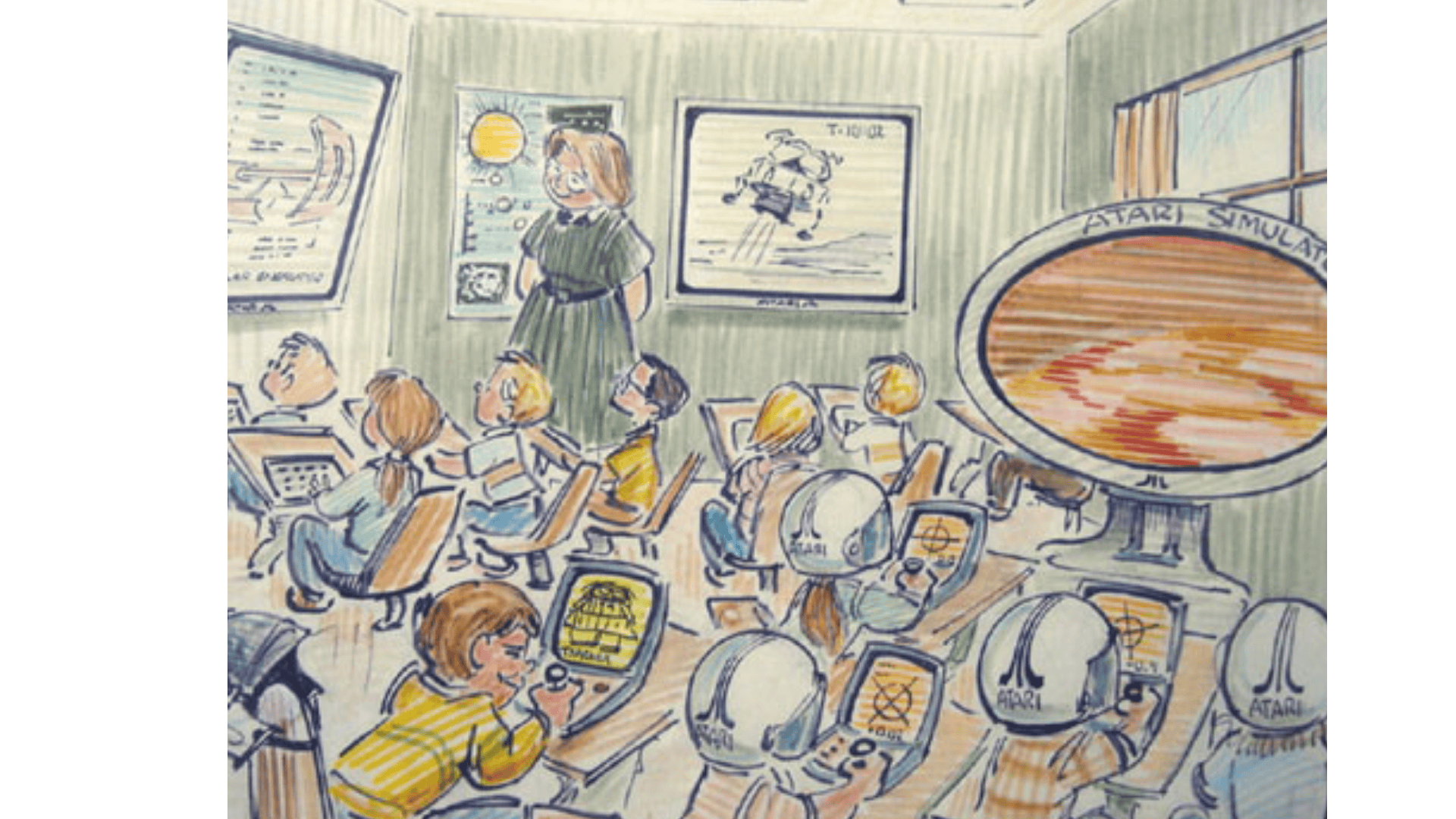
Let students dream up their ideal classroom’layout, tools, decorations, and even teacher behavior. This sketching activity invites creativity and imagination while offering insights into what students value in their learning environment.
15. Back-to-School Comic Strips
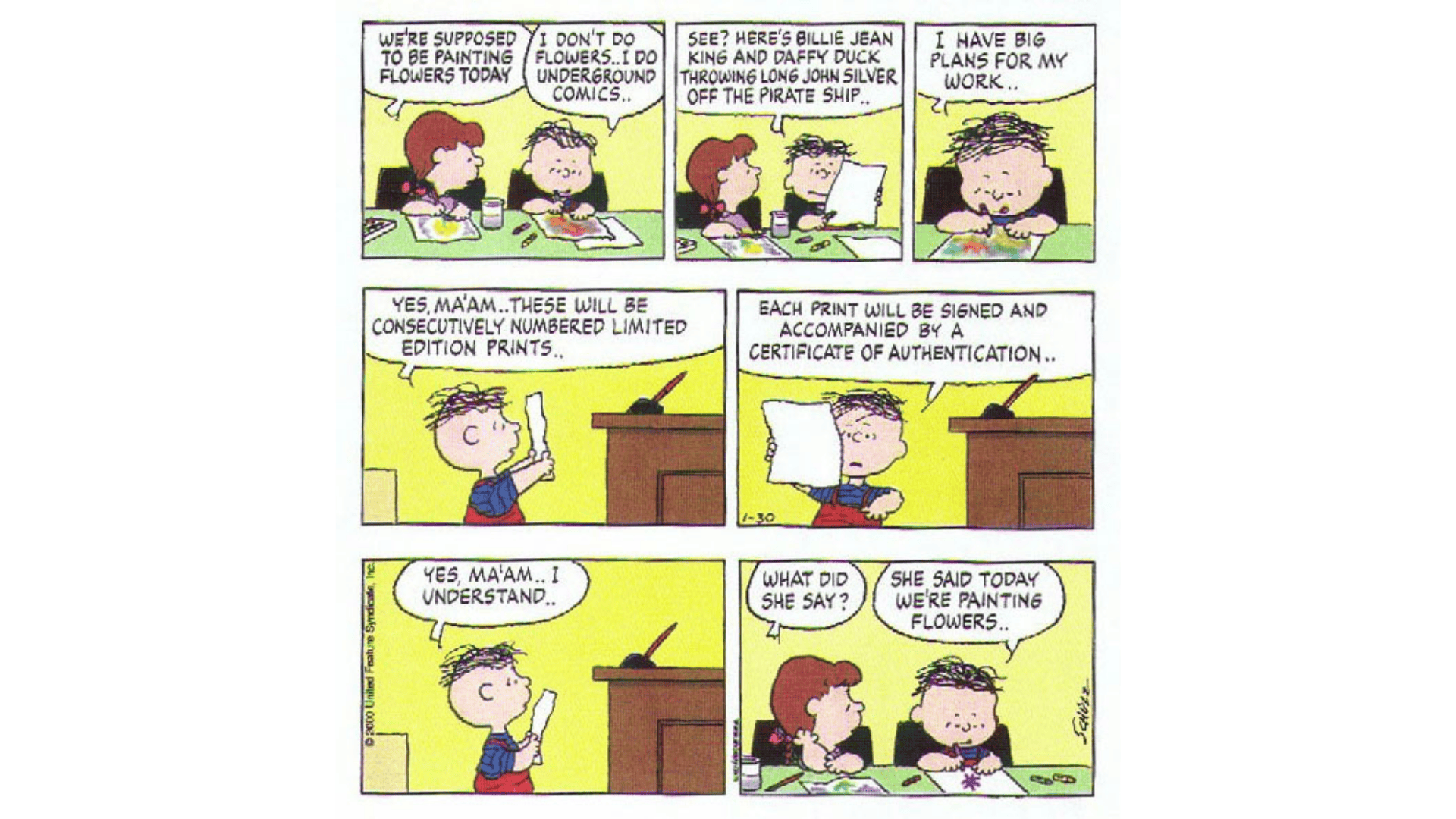
Students create comic strips that depict their summer adventures, hopes for the school year, or a funny classroom scene. This lighthearted task merges visual storytelling with writing and humor, easing first-week stress while reinforcing language and art skills.
16. Classroom Pledge Writing
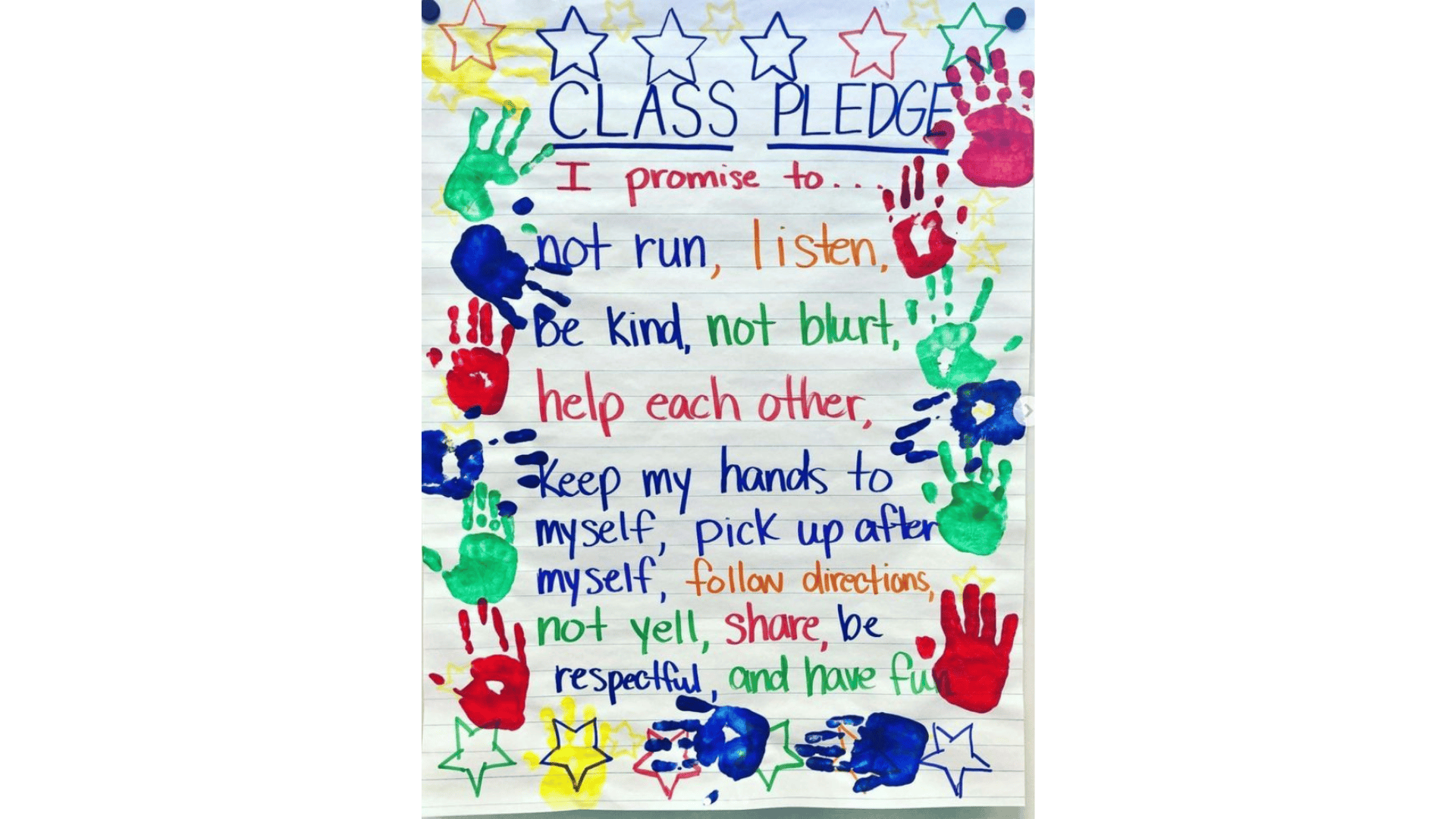
Together, the class creates a pledge or code of conduct. Students suggest values and expectations, which are compiled into a collective statement. This activity builds ownership, accountability, and a shared sense of purpose for classroom behavior.
17. Personal Timelines
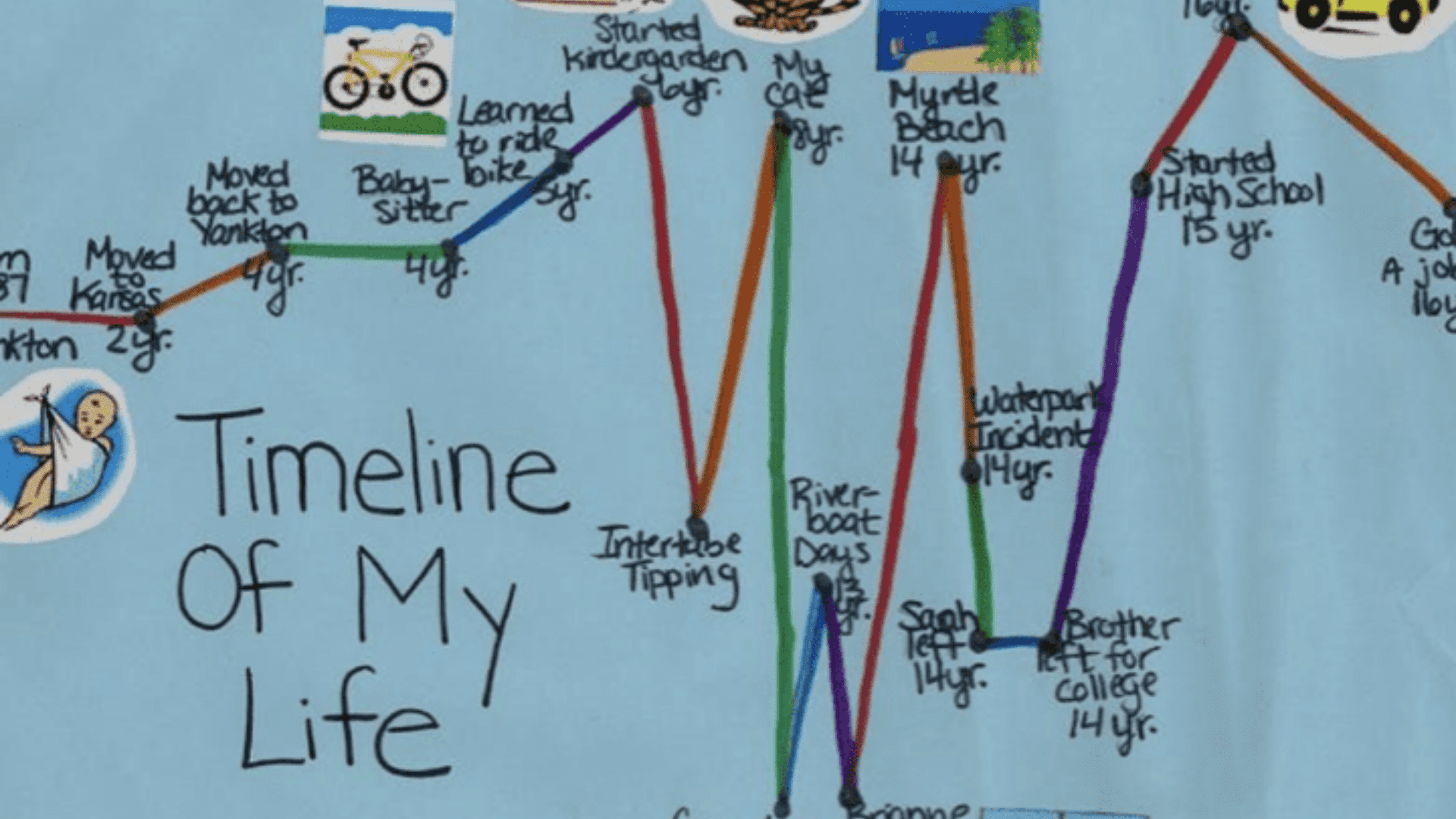
Students draw or write timelines that capture key moments in their lives.
These could include moves, accomplishments, or funny memories. It helps them connect past experiences to their identity and builds empathy and interest among classmates.
Social-Emotional Learning & Teamwork
These first day of school activities build emotional awareness, empathy, and collaboration. They help students recognize their feelings, respect others, and work cooperatively. Ideal for building a positive class culture rooted in trust and inclusion.
18. Team-Building Challenges
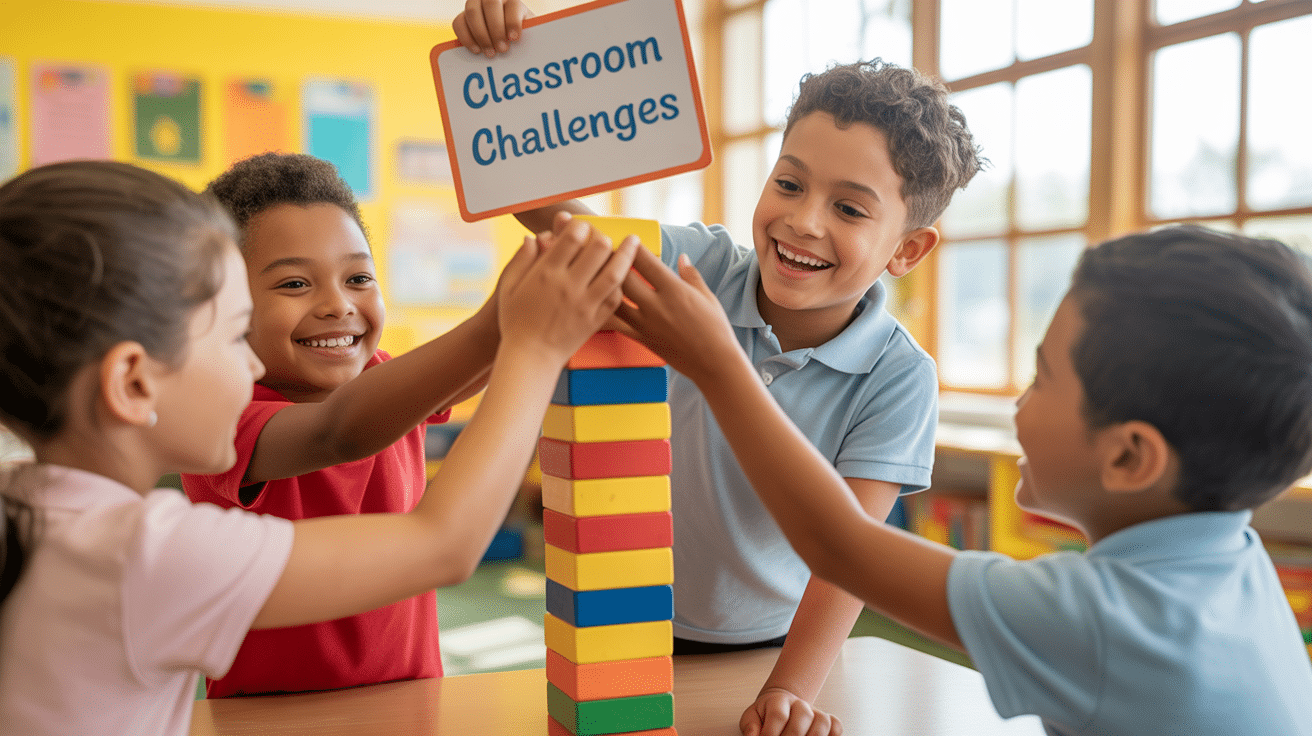
Games like the human knot, cup stacking races, or puzzle-solving relays build trust and cooperation. These low-stakes, high-fun challenges foster communication, patience, and strategic thinking-key skills for classroom collaboration throughout the year.
19. Feelings Thermometer Check-In
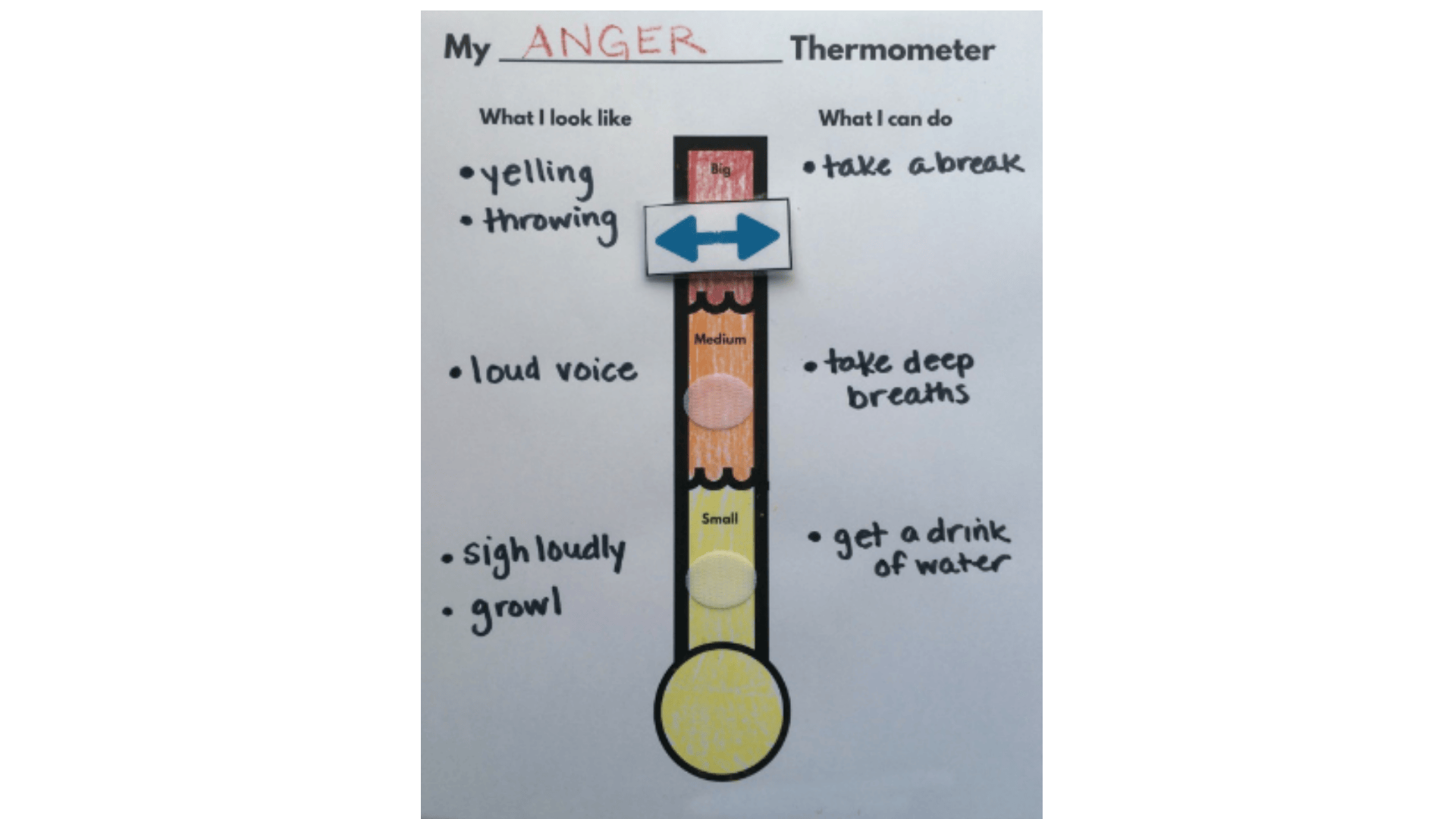
Each day, students mark their mood on a thermometer visual, using color-coded zones or emojis. This daily habit fosters emotional literacy, opens up dialogue, and helps teachers monitor student well-being early on.
20. Kindness Jar Activity

Students write anonymous compliments or kind notes to peers and place them in a class jar. Regularly reading them aloud fosters a climate of gratitude, appreciation, and support,essential for social harmony and positive reinforcement.
21. Listening Circles or Class Council
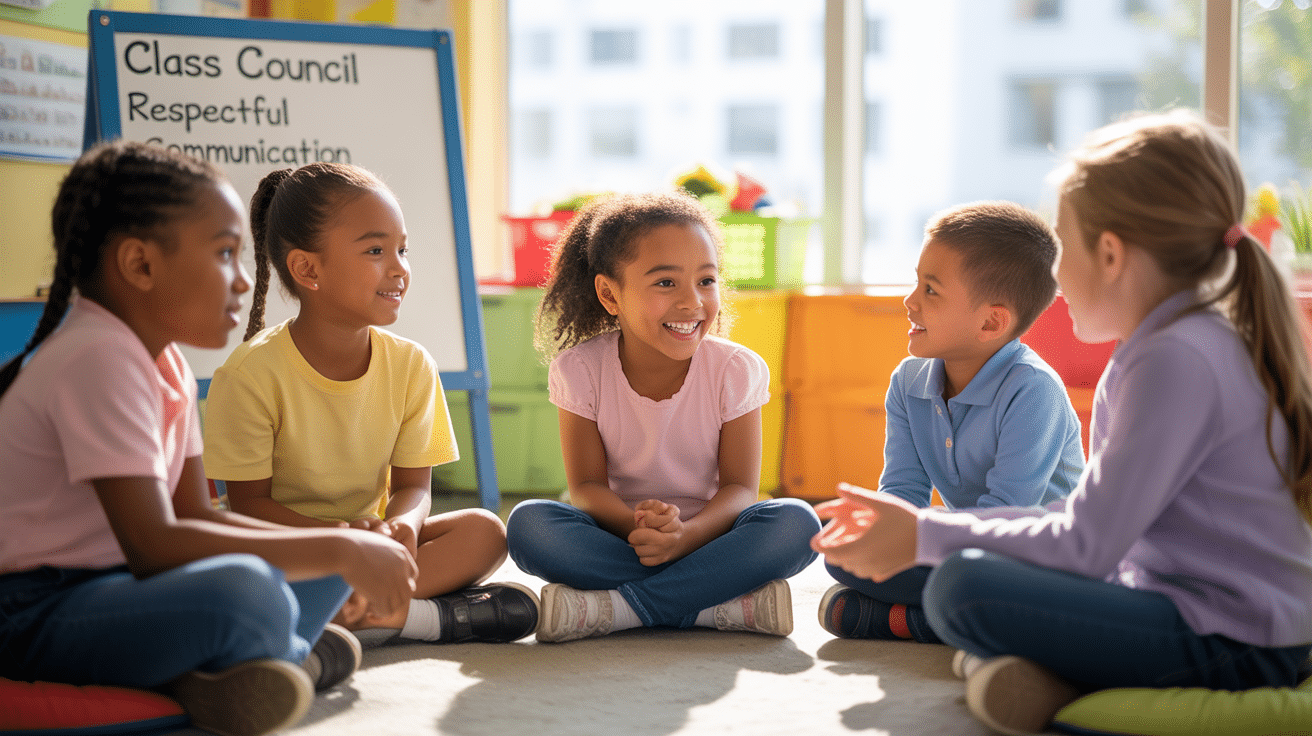
Introduce respectful dialogue through structured listening time. In circles, students share thoughts while others listen silently. It builds empathy, patience, and respectful communication norms. Class councils can later become part of weekly routines to discuss issues and celebrate wins.
Procedures & Routines Practice Back to School Activities
Establishing structure is key to a successful classroom. These activities help students internalize routines and procedures through play, repetition, and engagement. Practicing expectations ensures smoother transitions and consistent behavior.
22. Classroom Procedures Role-Play
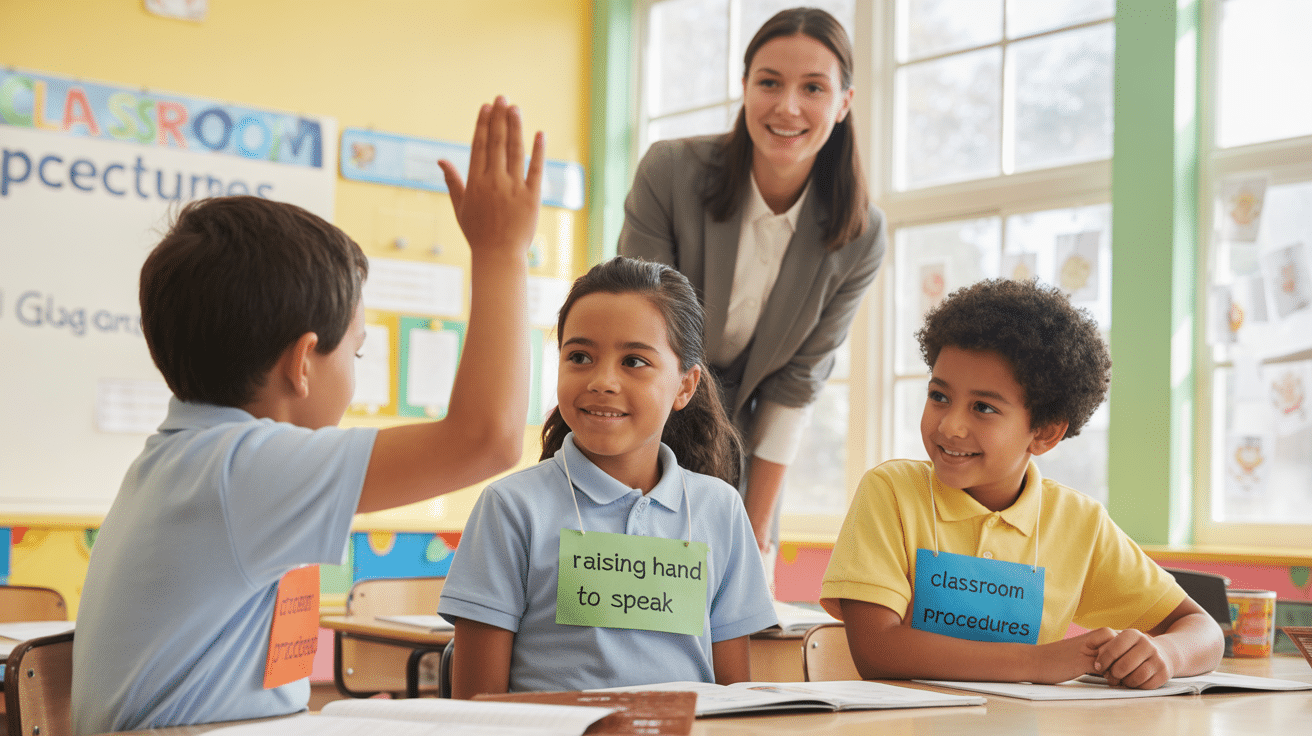
Students act out examples of both correct and incorrect classroom behaviors (e.g., how to ask to use the restroom or line up quietly). It allows for hands-on learning and laughter while reinforcing expectations in a memorable way.
23. Daily Schedule Puzzle
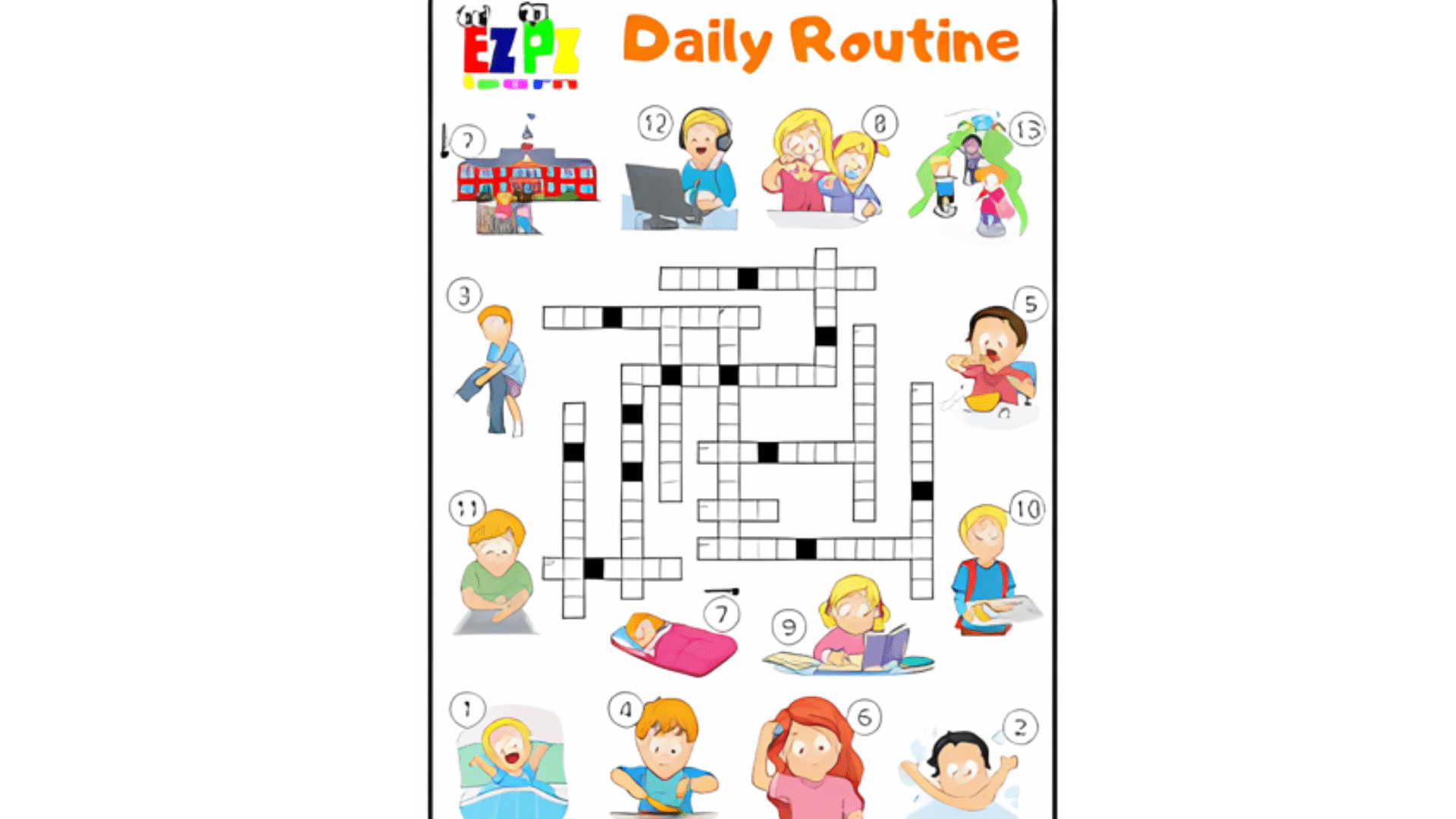
Cut up the daily schedule into segments and have students reassemble it correctly. This puzzle activity strengthens memory, builds familiarity with routines, and sparks conversations about what to expect throughout the day.
24. Interactive Seating Chart Game
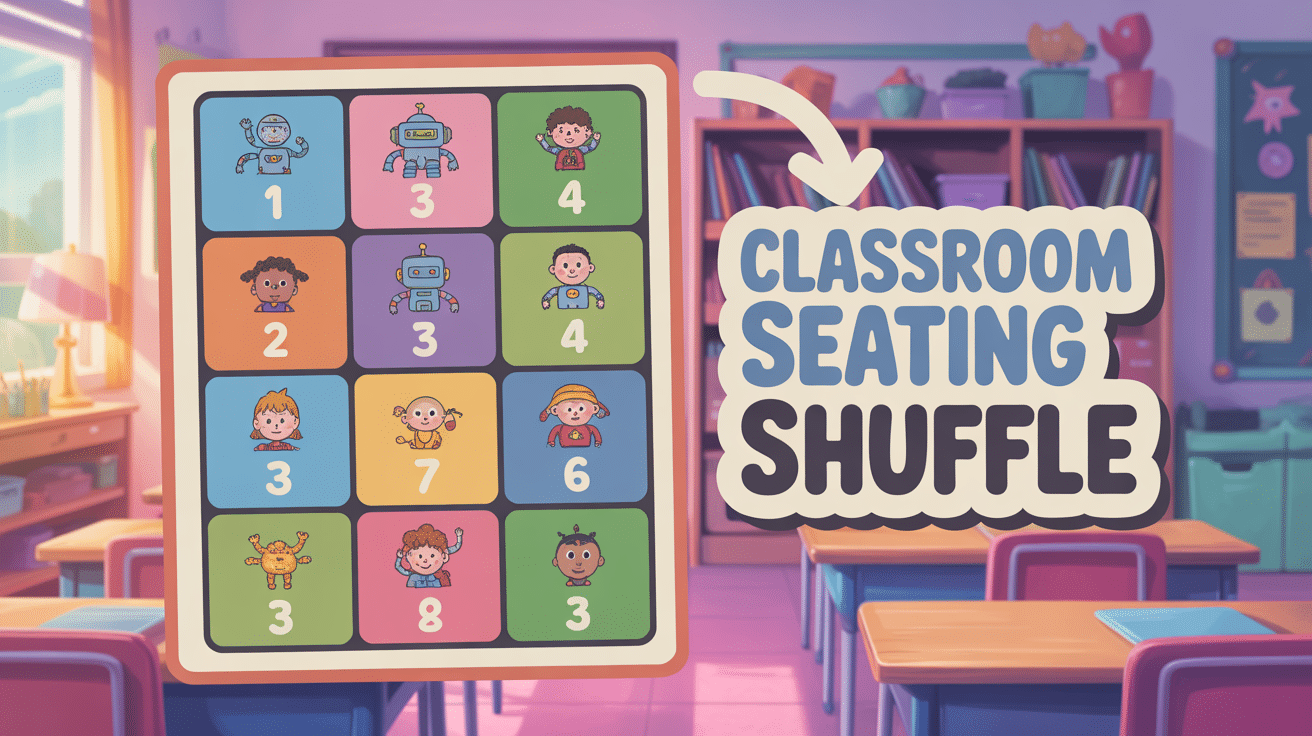
Let students influence where they sit by participating in creative seat-assignment games, such as matching interests or pulling prompts from a hat. It gives students agency and makes seating decisions more intentional and thoughtful.
Just for Fun (and Relationship Building)
Add a spark of fun to the first week! These light-hearted activities help capture memories, build rapport, and make school feel like a place of joy and belonging. They’re perfect for wrapping up busy days with smiles.
Use them to create fun moments and meaningful conversations with ease!
25. Classroom Photo Booth
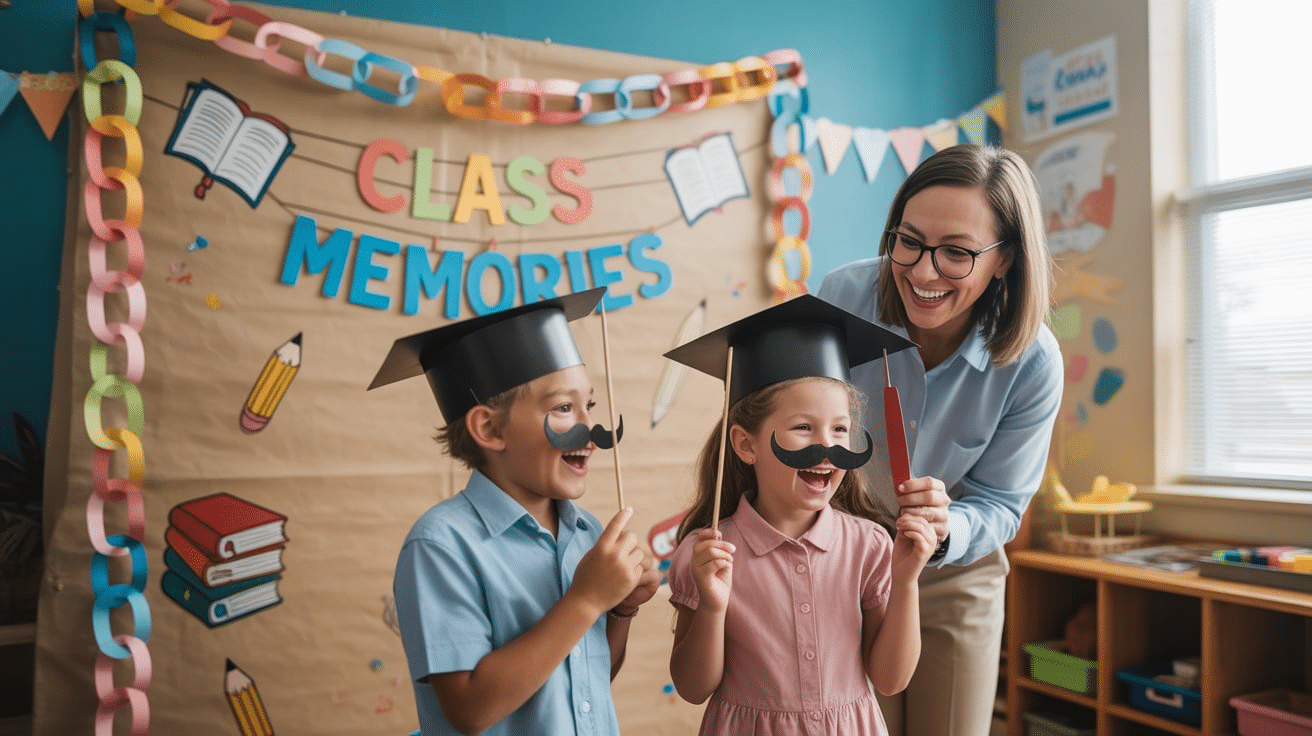
Set up a photo booth with fun props, signs, or themed backdrops. Students can take photos solo or with classmates. It’s a playful way to document the first week, break the ice, and create keepsakes or bulletin board displays.
Planning Tips for the First Week of School Activities
Creating a welcoming, back-to-school classroom starts with recognizing and celebrating every student’s unique background, ability, and experience.
These backt to school activities help foster a sense of belonging from day one, ensuring that all students feel seen, respected, and supported.
Below are some thoughtful strategies to make your first-week plans more inclusive:
-
Use culturally responsive materials that reflect diverse identities and backgrounds.
-
Offer multiple ways to participate—verbal, written, artistic, and physical.
-
Provide clear instructions and visual supports for students with varying learning needs.
-
Avoid assumptions about family structures, traditions, or past experiences.
-
Allow flexible grouping to support comfort and choice in social interactions.
Conclusion
As the first week draws to a close, the carefully crafted first day of school activities reveal their true magic-changing a collection of individuals into a united learning community.
These initial days are not just about academic preparation, but about creating a safe, supportive space where every student feels valued, heard, and empowered.
The laughter shared, connections made, and barriers broken down become the foundation of a positive school culture.
By investing time and creativity in these early moments, educators plant seeds of confidence, curiosity, and collaboration that will flourish throughout the year.


